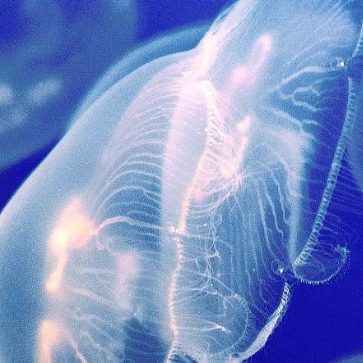Marine ecosystems

Marine scientists need to be generalists to meet modern challenges of a rapidly changing marine ecosystem. We address a wide range of issues such as the urbanising coasts of the world, to the changing distributions of species in response to climate change.
Our research takes a very literal approach to ecosystem science, from the biogeochemistry of nutrients and carbon to biological oceanography and plankton, to fish and fisheries. Today we are surrounded by examples of disrupted ecosystems, from eutrophication of rivers and estuaries to the overharvest of top-level predators such as sharks, tuna and billfish. In fact, our understanding of ecosystem science made a quantum leap by the analysis of overfished fisheries and the resulting ecosystem cascades. Some of the best examples of marine ecosystem science were done decades ago on the rocky intertidal habitats, where you could measure the production of algae, to the grazing by snails, sea urchins and barnacles to predation by carnivorous snails, fish and birds.
Ecosystems are complex, however, and we have taken a different approach by examining size-based ecosystems. Body-size, from a bacterium to a whale, has certain biophysical constraints and predictable ecological outcomes. This may be seen best of all in the fascinating ecosystem of phytoplankton and zooplankton, where organisms may span five orders of magnitude in size and at least five trophic levels!
The size-based plankton ecosystem is in turn consumed by a community of baitfish (anchovy, sandy sprat, sardine and scad) which are all vital and underrated inhabitants of estuaries and the open coast. The relatively few species of baitfish are part of the “wasp-waist” of marine ecosystems, connecting a vast number of planktonic species with a plethora of marine predator species.

